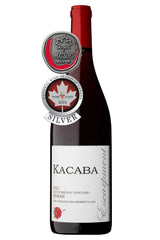Pinot Noir
Delve into the world of Pinot Noir, one of the most celebrated and challenging red wine varieties to cultivate. Known for its elegant flavour profile and origins in Burgundy, France, Pinot Noir has also found a thriving home in Canada, producing exceptional local wines that rival international standards.

Quick view 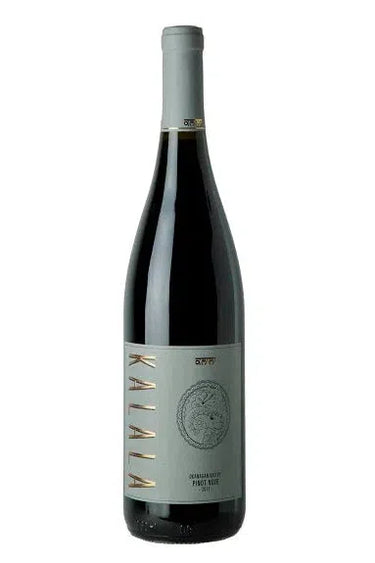
Quick view 
Quick view 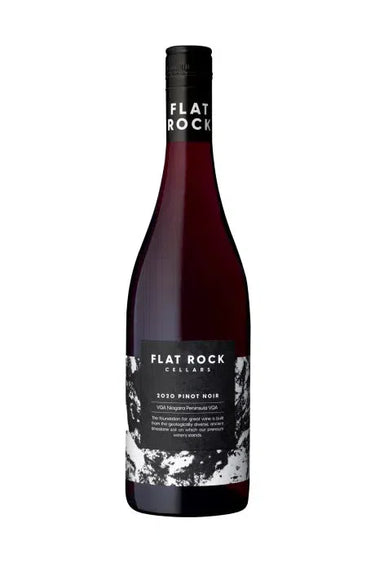
Quick view 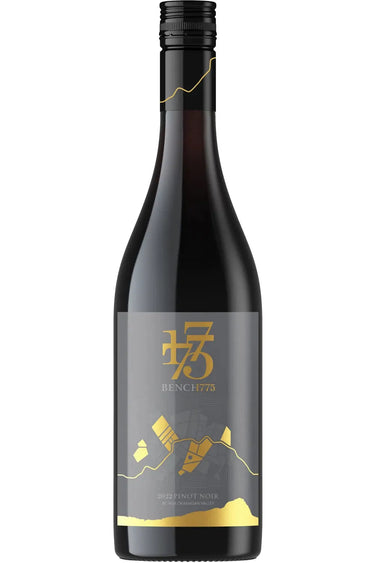
Quick view 
Quick view 
Quick view 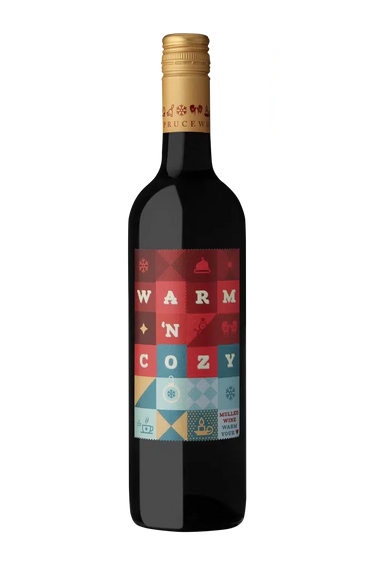
Quick view 
Quick view 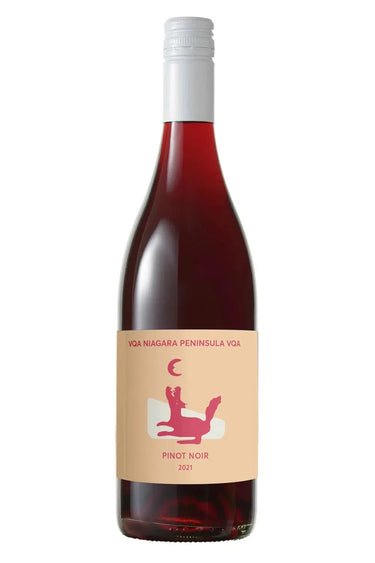
Quick view 
Quick view 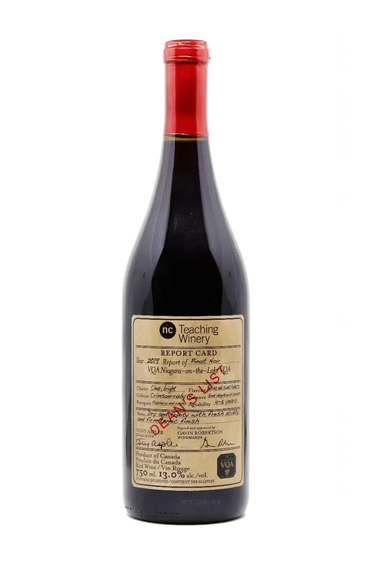
Quick view 
Quick view 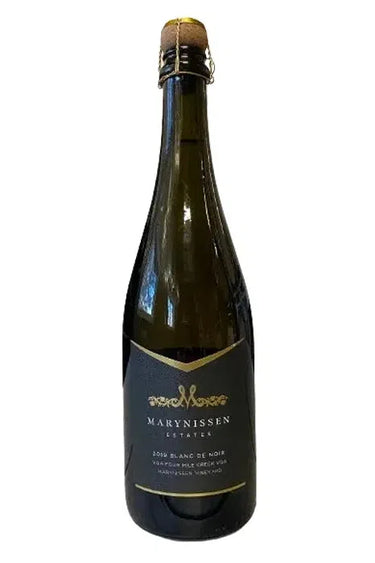
Quick view 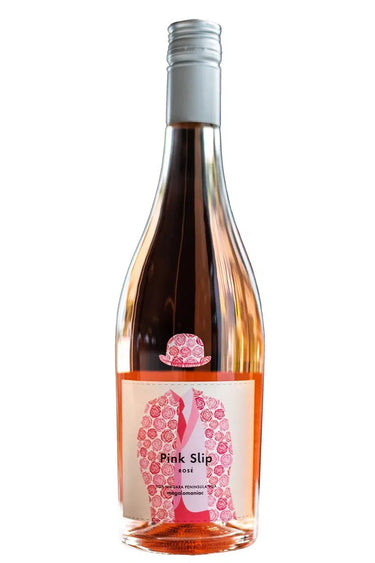
Quick view 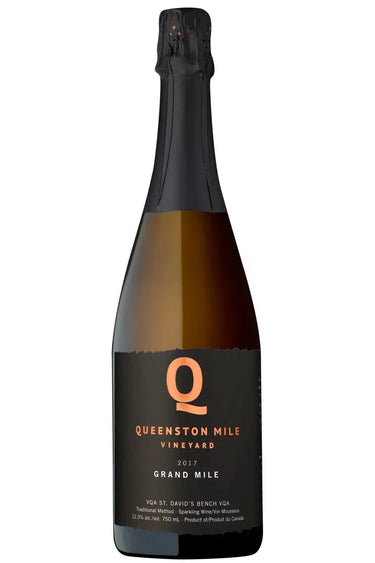
Quick view 
Quick view 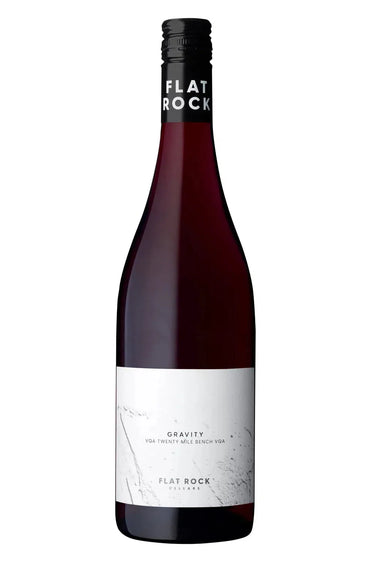
Quick view 
Quick view 
Quick view -
The Origins of Pinot Noir: A Grape of Distinction
Pinot Noir has a long and storied history, originating in the Burgundy region of France. This black-skinned grape variety has become a cornerstone of winemaking worldwide, thriving in regions with cool climates. Known for its role in creating exquisite red wines and as a key component in Champagne (when blended with Chardonnay), Pinot Noir is synonymous with elegance and finesse. Canada has embraced this grape, with notable success in Ontario’s Niagara Peninsula, Prince Edward County, and British Columbia’s Okanagan Valley, along with emerging regions in Nova Scotia and Quebec.
The Unique Characteristics of Pinot Noir
Pinot Noir produces a distinctive pale-coloured, translucent red wine, unlike many other red varietals. It is typically light to medium-bodied, with lighter tannins and a flavour profile that includes:
- Aromas of red fruits: strawberry, cherry, and raspberry
- Hints of vanilla and leather
- Fresher fruit notes from cooler climates
- Heavier tannins in warmer regions
These wines often benefit from aging, which adds layers of complexity, revealing notes of earth, mushrooms, and spice. Its adaptability to various winemaking techniques ensures a diverse range of styles to explore.
The Challenges of Growing Pinot Noir
Pinot Noir is famously difficult to cultivate, earning its reputation as a "winemaker’s grape." Its thin skins and susceptibility to rot, mutation, and disease make it challenging to grow, especially in unpredictable climates. However, Canada’s cooler wine regions have risen to the challenge, producing high-quality Pinot Noir that rivals traditional Burgundy wines. Ontario excels with its elegant and aromatic styles, while British Columbia produces rich, fruit-forward expressions. These wines highlight the dedication and skill of Canadian winemakers.
Food Pairings: The Perfect Match for Pinot Noir
One of the most food-friendly wines, Pinot Noir’s lighter body and balanced acidity make it an excellent pairing for a wide variety of dishes. It shines with:
- Roasted poultry, such as duck or chicken
- Salmon and other fatty fish
- Mushroom-based dishes, like risotto or pasta
- Soft cheeses, including Brie and Camembert
For the best experience, serve Pinot Noir slightly chilled to enhance its delicate aromas and flavours.
Canadian Pinot Noir: A Rising Star
Canada’s Pinot Noir stands out for its ability to balance the grape’s natural elegance with the unique characteristics of Canadian terroir. From the Niagara Peninsula and Prince Edward County in Ontario to the Okanagan Valley in British Columbia, Canadian Pinot Noir offers a diverse range of expressions. Winemakers are crafting world-class wines that appeal to both seasoned Pinot Noir enthusiasts and those new to the varietal.
Frequently Asked Questions
What does Canadian Pinot Noir taste like?
Pinot Noir offers a vibrant and elegant flavour profile with aromas of strawberry, cherry, and raspberry, often accompanied by hints of vanilla, leather, and earthy undertones. Wines from cooler regions like Ontario tend to showcase fresher, red fruit flavours and bright acidity, while those from warmer areas like British Columbia often have riper fruit and a slightly fuller body. These wines are known for their delicate balance, silky texture, and refined complexity.
How should I store Pinot Noir?
Like all fine wines, Pinot Noir should be stored in a cool, dark place with a consistent temperature between 12–18°C (55–65°F). Keep the bottle on its side to maintain the cork’s moisture, preventing air from entering and spoiling the wine. Due to its lighter structure, many Canadian Pinot Noirs are best enjoyed within 5–7 years of vintage, though some higher-quality bottles can age beautifully for longer, developing earthy and savoury notes.
What makes Canadian Pinot Noir unique?
Canadian Pinot Noir reflects the country’s diverse terroir, with cool-climate regions producing wines that balance fruit, acidity, and elegance. Ontario’s Niagara Peninsula and Prince Edward County are known for producing Pinot Noirs with bright, fresh flavours and a touch of minerality. In contrast, British Columbia’s Okanagan Valley offers bolder, fruit-forward styles with added richness. Canadian winemakers have mastered the art of crafting Pinot Noir that rivals those from Burgundy, offering an exciting mix of tradition and innovation.
What food pairs well with Pinot Noir?
Pinot Noir is incredibly versatile when it comes to food pairings. Its light to medium body and balanced acidity make it an excellent companion for a variety of dishes. Pair it with duck breast, roasted chicken, or seared salmon to complement its fruit-forward flavours. Vegetarian options like wild mushroom risotto or roasted root vegetables bring out the wine’s earthy undertones. For cheese lovers, soft options like Brie, Camembert, or goat cheese are ideal.
Can I age Pinot Noir?
Yes, many Pinot Noirs benefit from aging, especially those from high-quality producers or exceptional vintages. Aging allows the wine’s red fruit flavours to evolve into more complex notes like earth, mushrooms, and spice, while softening the tannins and integrating the acidity. Most Canadian Pinot Noirs are ready to drink within 3–5 years, but select bottles from regions like Niagara or the Okanagan can age gracefully for up to 10 years, offering a deeper and more layered experience.

